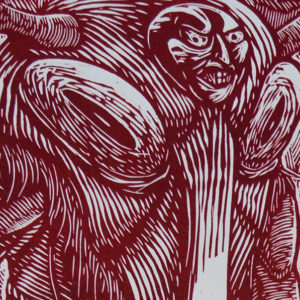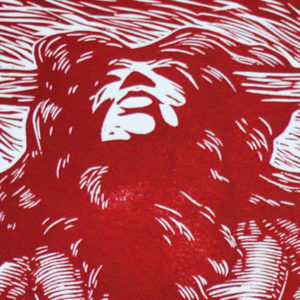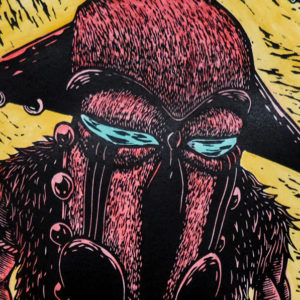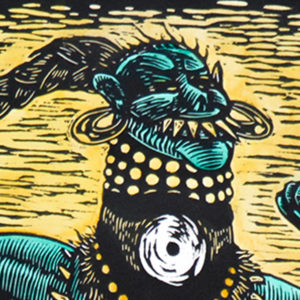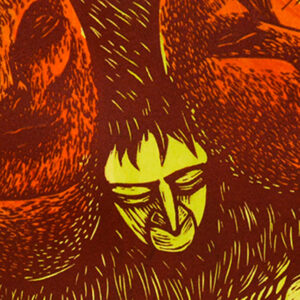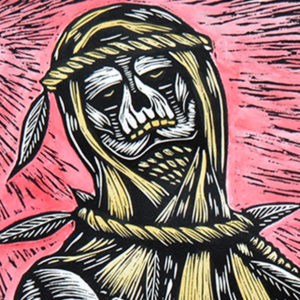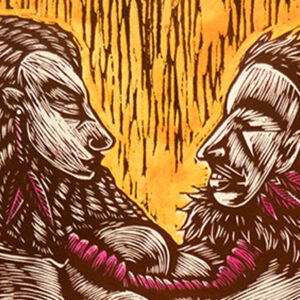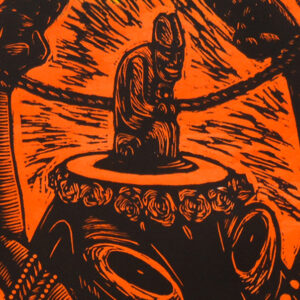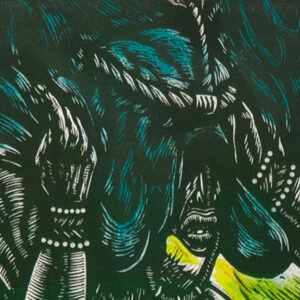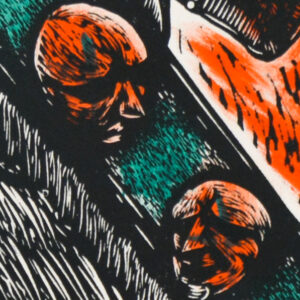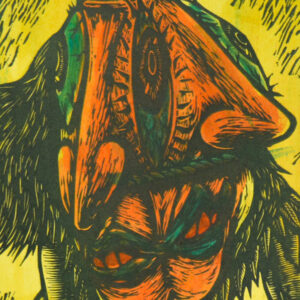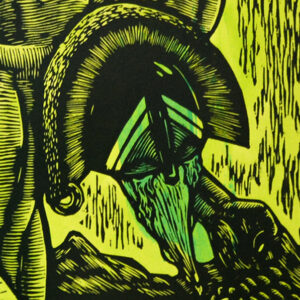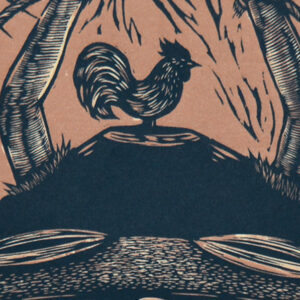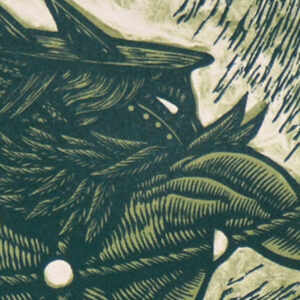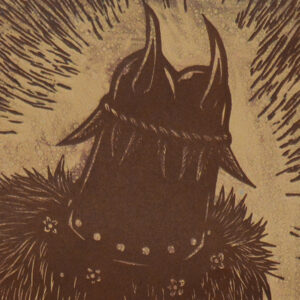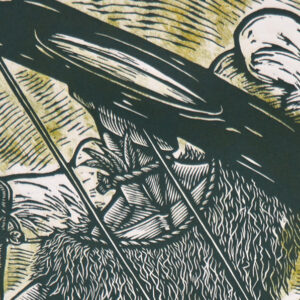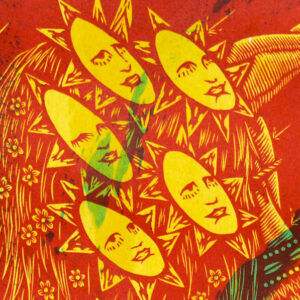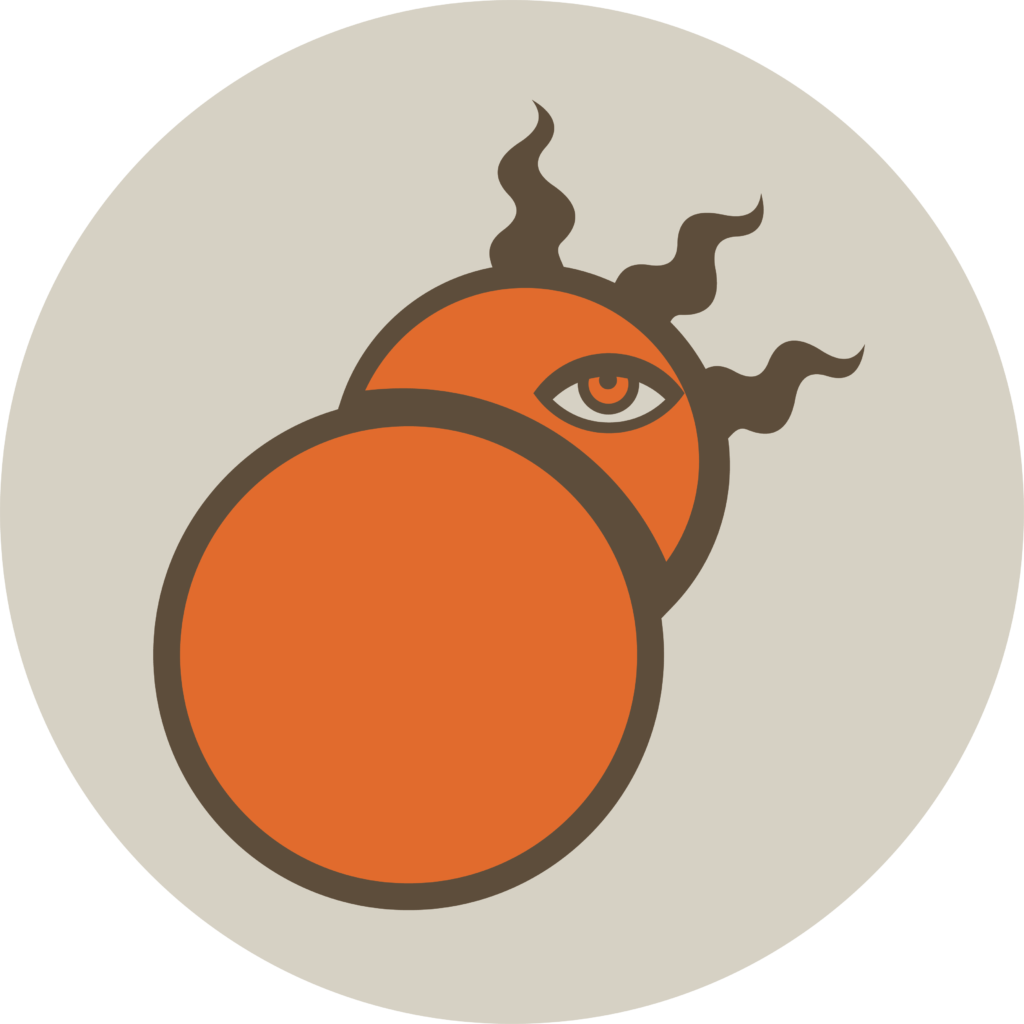
To the beat of the distant drum
In a distant land, behind the tallest peaks, there were people dancing. They danced and danced, because they didn’t know how to do anything else. After suddenly coming into existence, they struggled to understand what they were. The drums played and they danced, and as they danced, they coped with their own existence.
The beat of the drums began to tell them things. The air was filled with the secrets of life. Vibrations gave the world meaning. The Drums promised them things, gave them goals, and established the rules. Time began to flow, and they learned that there was more to them than they realized.
Ages passed and a selected few began to understand. They wore masks and costumes, and people followed their advice. These few grew to be sages, and to posses the information that eluded the rest of humanity. They lived by carrying their own burden: the responsibility of knowing. The rest of the people adopted their teachings with the promise that it would keep humanity alive.
*
The story depicts a cast of characters who represent emotions, and who are trying to come to terms with them. The artist investigates emotions, and dissect the pros and cons of each one. In doing so, he meditates on their use and their symbolical representation. These special dancers by themselves are troubled deities; individually there serve little purpose, but together they create what we call the human soul. Their ceremonial dance is an enactment of their role. As they dance they come to accept their part in the mechanism we call society, and embrace the idea that they are like organs to a body. The human soul is only formed once we accept all of the complex, and different parts of our self, and integrate them together. In a tribe, community, or society, a person cannot be everything. One cannot be man and woman at the same time. One cannot be young, middle aged, and old at the same time. One cannot be a priest, carpenter, king, queen, scientist, plumber, electrician, (etc) all at the same time. One can be only one, and we learn more about ourselves by integrating others into our lives, and performing our role in society. The successful integration of the organs to the body will eventually create a common soul. How well we maintain the harmony of that soul will tell how strong the soul will be.
You can also interpret the work on a diametric opposition. An argument against the idea of an organ of society can be that within a human being lies all. Mythology certainly welcomes this notion, and explains that with enough cycles of growth, a man can discover within all of the answers in the cosmos, i.e enlightenment. In this way, the human soul is the whole of man rather than society, and the separation into each dancer is but a part of that one person, rather than a role in a community. In this light, the work is an analysis of what makes a human human, and a dissection of parts to understand the whole.
The drum is a metaphor for life or the things that happen to you in life, which dictate the rhythm of your day-to-day existence.
The vertical format of the prints is reminiscent of old catholic icons, where saints would be depicted in a small rectangular format, and could be collected by devotees of the faith, and put on a shelf, hanged on a wall, or carried in a wallet. As a child I felt as if these icons were our personal guardians, and would bring good luck or safety. Each person I knew would have a particular saint that they had a connection with, and that they would pray to. In this case I like to see each print as an icon with whom each person can establish a unique connection.
After a long time studying and researching classic stories, religious texts, mythology, fables, and mixing it all with the vastly superior rhetoric of Dr. Jordan Peterson’s take on archetypes and psychology, I felt that I had come across something that needed to be explored further with my art. I’ve researched the cultures of ancient civilizations, and have found traces of deep spiritual knowledge that feels relatable and useful today, and that managed to stay alive despite the numerous efforts of science and anthropology to debunk old customs. I look at traditional ways of living as a lens from which the world can be looked at differently.
In a world where we grow farther and farther away from each other, where tolerance and patience is nowhere to be seen, and where responsibility and respect are starting to become a thing of the past, it is now more than ever that I feel the need to reestablish a connection with the spiritual side of things. A deep introspection is needed from all of us, as well as the necessity to make an effort to understand who we are and what our purpose is in the world, before we blame anyone else for our misfortune.
I understood that life and humanity go beyond our immediate needs and wants and that there’s a fundamental lack of self-understanding in our lives, as well as self-appreciation. I also learned that there is universal meaning and certain values that unify all human beings and that the road to human preservation lies within

